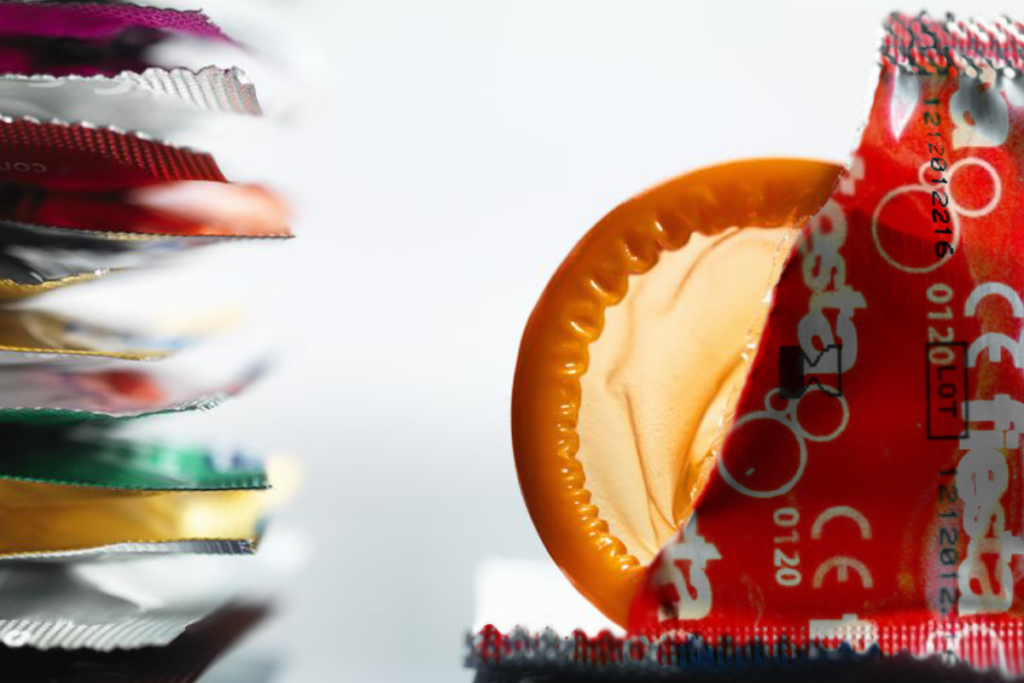Who Invented the Condom?
Charles Goodyear, after whom Goodyear tires are named, had a great influence on the invention of the condom as we know it today.

Italian anatomist Gabriele Fallopio (1523-1563) made the first description of the condom in the posthumous journal De Morbo Gallico. To curb the spread of sexually transmitted diseases, Fallopio developed a fabric cover that creates a protective layer when dipped in salt solution. In order to increase women's interest in condoms, this sheath was tied around the penis with pink fabrics. Falloppio claimed that none of the 1,100 men who used the condom he developed had syphilis.
In 1839, inventor Charles Goodyear discovered rubber vulcanization, the technology of which led to the creation of the first rubber condoms in 1855. Given that they were the thickness of a bicycle inner tube and had to be custom-fitted, they were more than a little cumbersome.
Despite this, it would not be correct to say that the condom developed by Falloppio was the first condom. In cave paintings in the Combarelles region of France and in some drawings from Ancient Egypt, it has been seen that men use protective sheaths similar to condoms. Over the years, condoms made of oiled paper, thin leather, fish urine bags and even turtle shells have been found.
In 1844 Charles Goodyear (owner of Goodyear tires) patented a process for hardening rubber. In his patent, he stated that when rubber is exposed to high temperatures, it turns into a tough but flexible material. Condoms made of hardened rubber were as thick as bicycle wheels and had seams on both sides. Thanks to the manufacturing processes developed in the 1880s, condoms began to be formed by dipping a glass mold into liquid latex (rubber raw material). This method removed the seams on the condom, making the condom a more useful tool.
